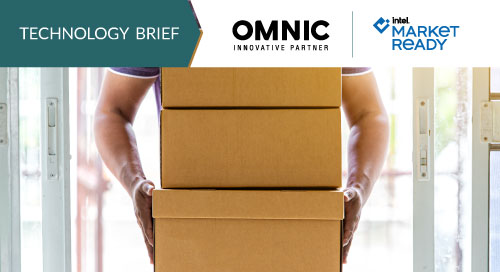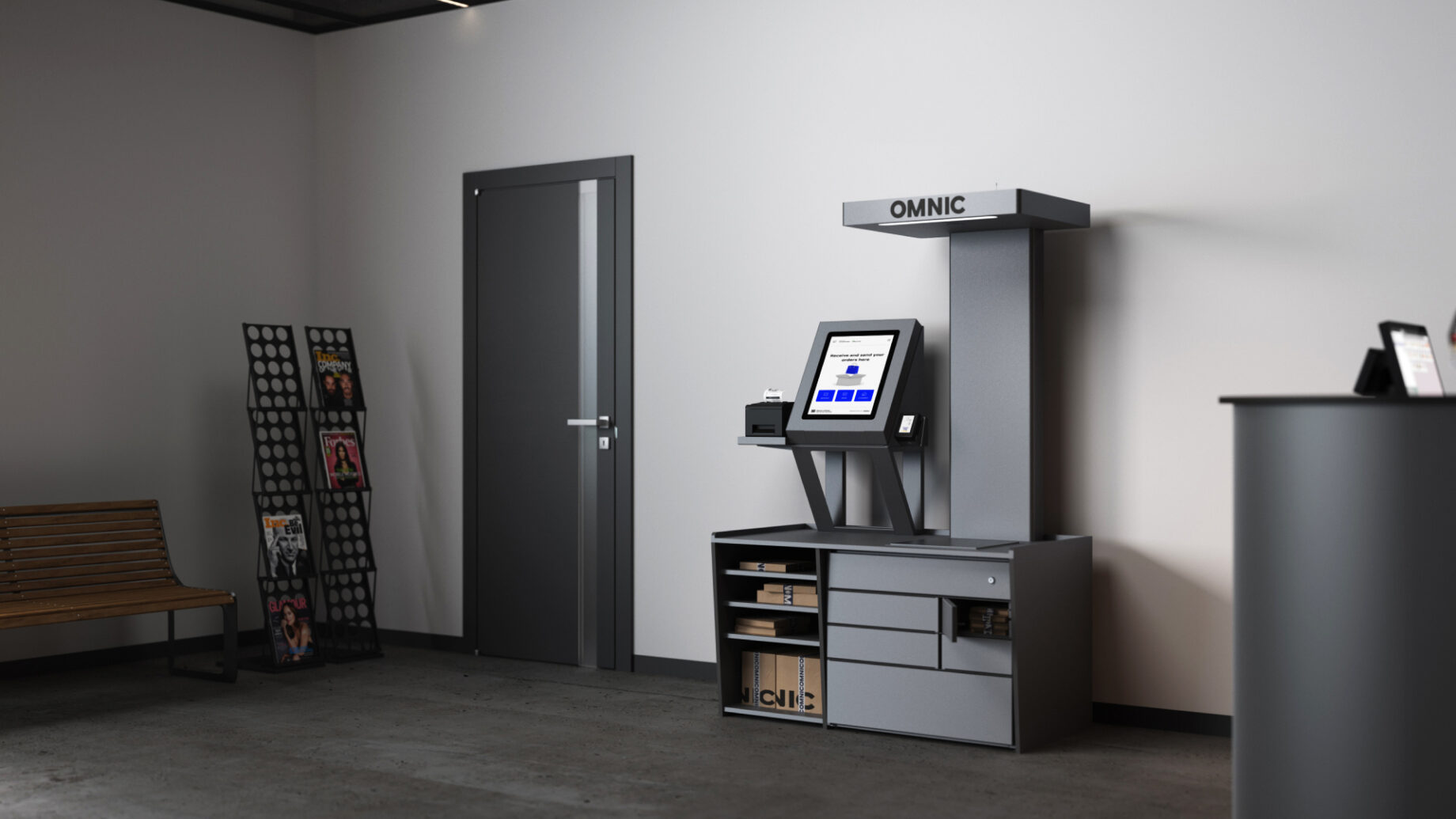Fill form to unlock content
Error - something went wrong!
Your content is just a step away. Please submit below.
Thank you!
Self-Service Technology Speeds Post Office Operations

At today’s quick-serve restaurants, you can order, pick up, and pay for food without help. At grocery stores, you can scan goods at the self-checkout station and be on your way. But if you want to drop off a parcel at the post office, it’s a different story. After waiting in a long line, you have to answer a series of questions: Regular or express? Do you want insurance? Tracking? Does your package contain any of the following items?
Postal queues are a pain point not only for customers but for post offices, which are chronically short-staffed and operate under intense deadline pressure. In the 21st century, why can’t there be a more efficient way to mail packages?
In fact, there is. Modern edge AI and computer vision systems can automatically process packages and take payments without requiring help from busy postal employees. Delivery service companies can also use the systems, which saves time for everyone and improves the accuracy of package measurements.
Improving Package Processing with Self-Service Technology
People prefer self-service not only for efficiency but because it gives them a sense of control. Research has shown that even when cashiers are available, grocery customers often head for self-checkout, says Ann Snitko, Chief Product Development Officer at international self-service solutions company Omnic.
“#SelfService also makes a big difference to postal carriers, since the “first mile” of delivery—the drop-off and processing phase—is the most expensive.” – Ann Snitko, OMNIC via @insightdottech
Self-service also makes a big difference to postal carriers, since the “first mile” of delivery—the drop-off and processing phase—is the most expensive, Snitko says.
That’s because preparing packages for delivery is time-consuming, and a worldwide shortage of service workers makes the problem worse. Customers have no choice but to stand in lines that may extend outside the building during busy seasons. Processing time also varies considerably by location. For example, in the logistics companies in Dubai, it may take up to two hours to get to a clerk, Snitko says.
To optimize first-mile service, Omnic created the Intel-powered OMNI Drop Off solution, an AI and computer vision-based device where, instead of waiting in line, customers can process their own packages for delivery in under two minutes (Figure 1).

After entering their information on a computer screen—or through a voice assistant—customers place their package on a built-in scale. Using an Intel® RealSense™ computer vision camera, the Omnic software measures its dimensions, and scans the contents for prohibited items, notifying a representative if there’s a problem.
“Prohibited contents are a big concern, especially for international deliveries, because carriers are responsible for what they ship,” Snitko says.
A printer creates a label and the system calculates the shipping price. Omnic’s software can be customized to add local taxes and fees, and customers can pay with either a credit card, an app like Apple Pay or Google Pay, or a QR code. They can also print out a tracking number and choose to receive text notifications about delivery. Personal information does not need to be stored in the system, and Omnic follows all local privacy laws, Snitko says.
When a package is deemed ready to go, the door to a secure storage locker beneath the counter pops open and the customer deposits it for pickup. At post offices that don’t want lockers, customers leave their packages at a designated spot.
In UAE, Switzerland, and Canada, where the OMNI Drop Off has been deployed, total processing time for customers averages 60 to 90 seconds.
Postal operators and delivery company workers can also use the OMNI Drop Off, and when there’s a customer account on file, they can be done in just 15 to 30 seconds. In addition to helping workers avoid manual errors and label reprinting, the system records and stores the data it receives and can generate reports to help managers track operations and speed.
“According to our calculation, the OMNI Drop Off reduces four full-time employees, eliminating the need to hire additional staff,” Snitko says. Post offices and delivery companies can customize the OMNI hardware and add their own branding. Omnic also offers a packing station with supplies, providing customers with an all-in-one packaging and mailing solution.
Extending Computer Vision Solutions
Similar Omnic technology can be used for other types of deliveries, and the company now offers 25 different retail solutions, ranging from temperature-controlled food lockers for restaurant deliveries to clothes storage for laundry services. The company continues to optimize its computer vision models by using the Intel® OpenVINO™ toolkit, gaining an advantage with Intel products, technologies, and tools to further improve the self-service experience.
One of its latest innovations is parcel lockers for homes and apartment complexes. While some carriers already provide parcel lockers, they are brand-exclusive. Omnic parcel lockers are designed to be vendor-neutral, allowing customers to receive packages from all delivery services in one place.
The company is also working on biometric authentication, which could make it easier for locker owners to retrieve their goods. It is also developing predictive analytics to improve last-mile logistics. “Markets everywhere are evolving towards self-service,” Snitko says. “With AI and computer vision—running on Intel-powered systems—businesses can optimize operations, enhance security, and improve the experience of customers and employees.”
Edited by Georganne Benesch, Editorial Director for insight.tech.